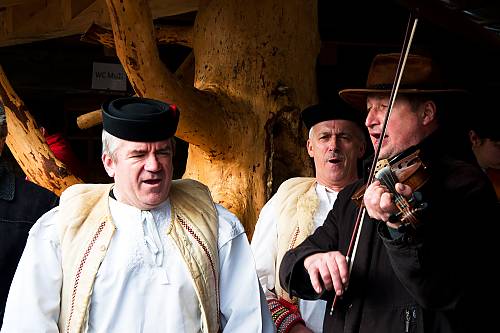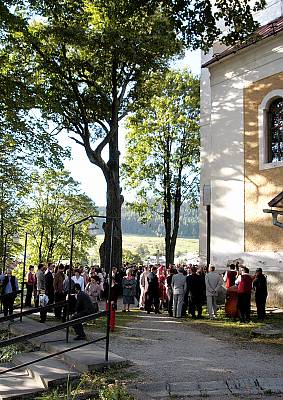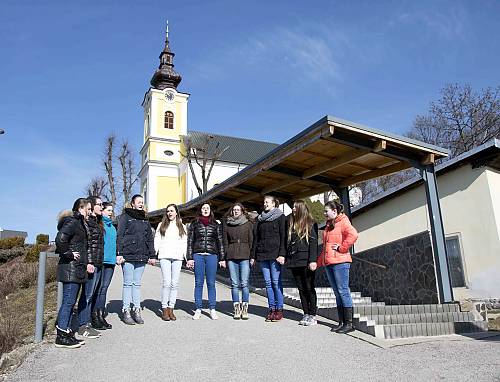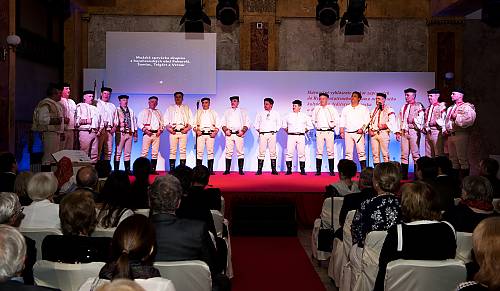Multipart singing of Horehronie
Inscribed in 2017 (12.COM) on the Representative List of the Intangible Cultural Heritage of Humanity

The Multipart Singing of Horehronie is characterized by a variable solo melody of pre-singing and more static choir answers, either by men or women. The singing culminates in intertwined parallel melodies with rich variations, consisting of two or three parts; each section presents a variation of the initial melodic formula. The song genres are associated with agricultural work, the family cycle and calendric events, and new songs arise in response to social events affecting people’s lives. The bearers and practitioners are the inhabitants of the villages in question as well as the broader public. The folk multipart singing is perceived as a characteristic local phenomenon, which provides an opportunity for relaxing and socializing as a group, contributes to overall social cohesion and gives people a sense of pride in their local tradition. Bearers endorse the element by practising it and using it in regular cross-generational exchanges, and its viability is manifested through spontaneous singing during celebrations and ceremonies, church performances, local festivals and singing and dancing workshops. The practice is transmitted from generation to generation mainly in family circles, as well as through informal education and thanks to the efforts of local folklore groups, local municipalities and individual singers.









